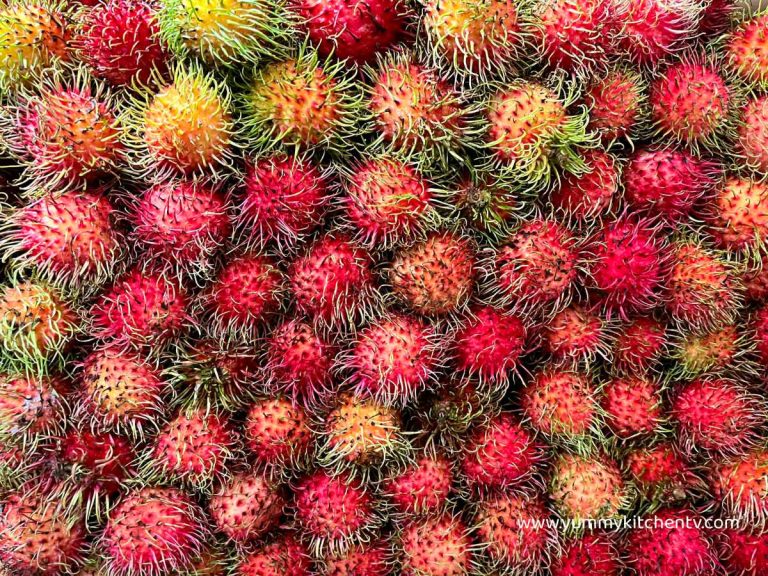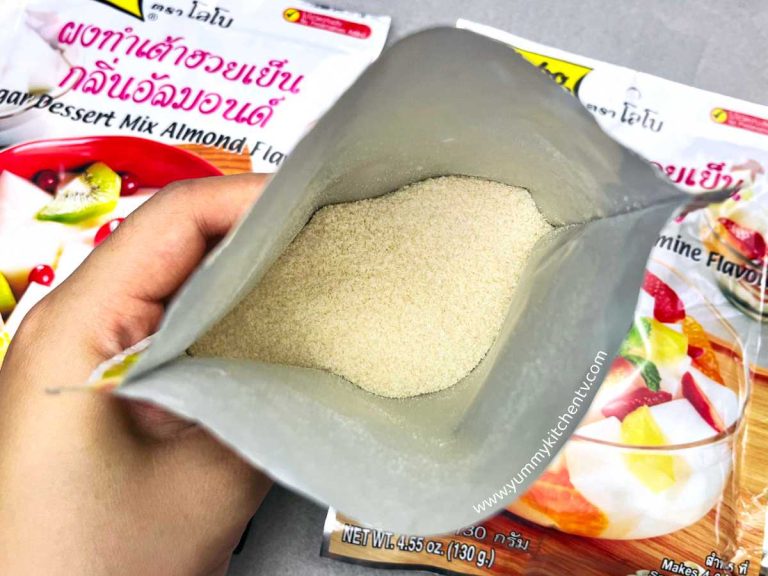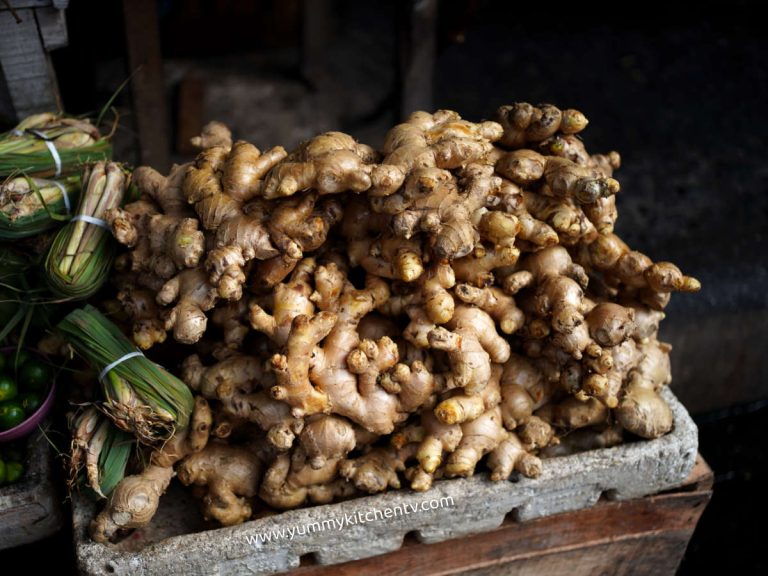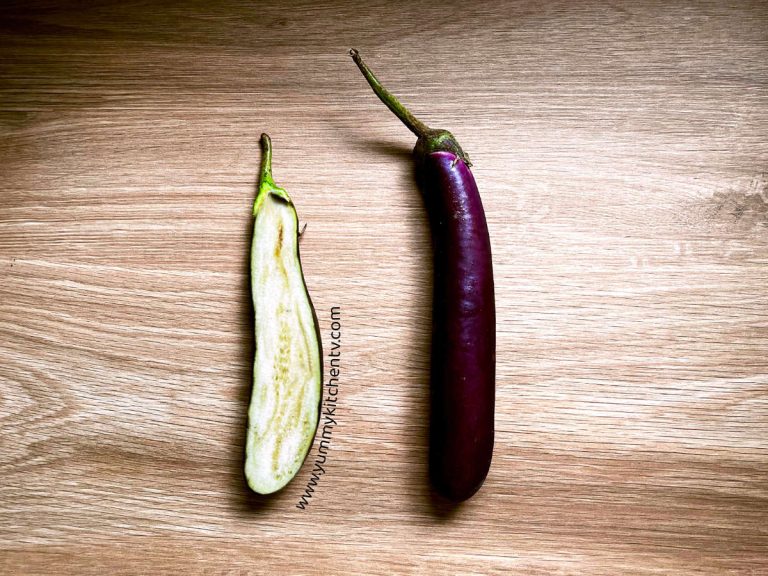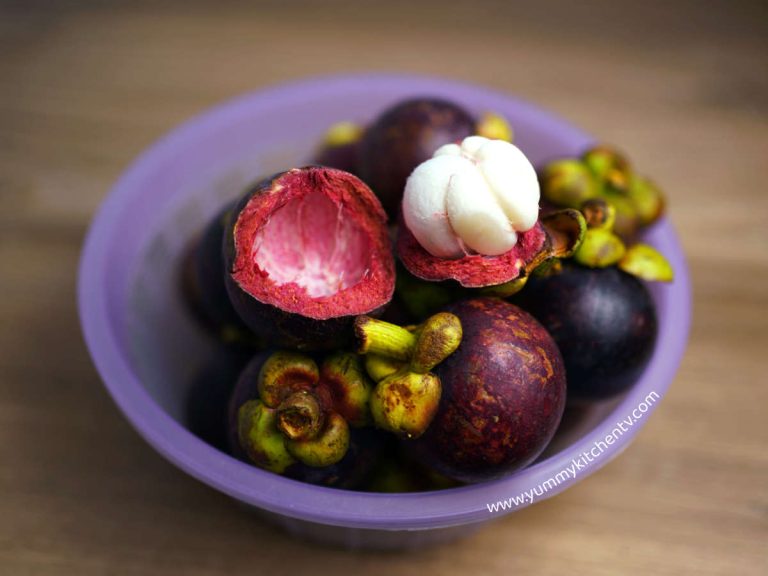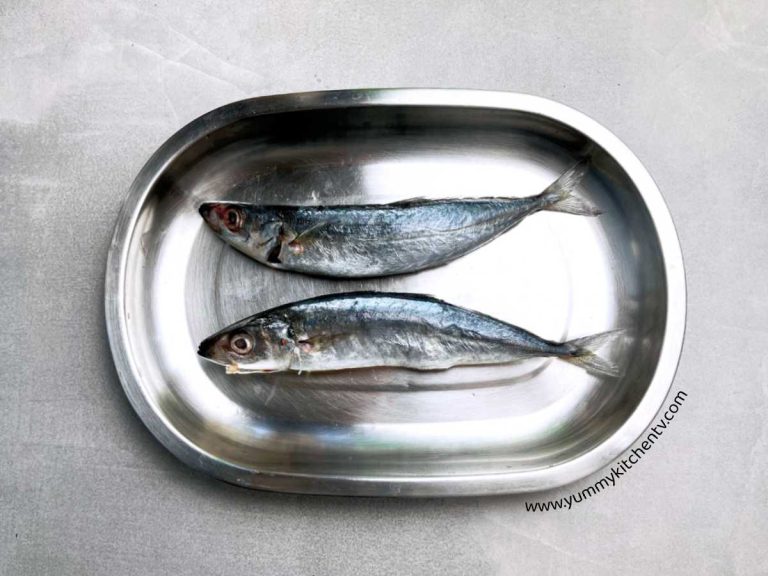Corn – A Simple, Healthy
Corn, also called ‘maize’ or ‘cereal plant’. Is an edible yellow or multicolored grain that comes from the grass family. Domesticated by the indigenous people from Southern Mexico, and have been cultivated and eaten till today, and probably further more in the future. This staple beloved plant is eaten not only for the sweet taste and chewy texture, but highly valued for its vitamins, minerals, antioxidant and fiber content. Whether cooked as a simple steamed snack, grilled, tossed into salads, broiled in soups, stews, and more. This naturally sweet and nutrition packed vibrant ingredient is sure to bring the flavor in any dish.
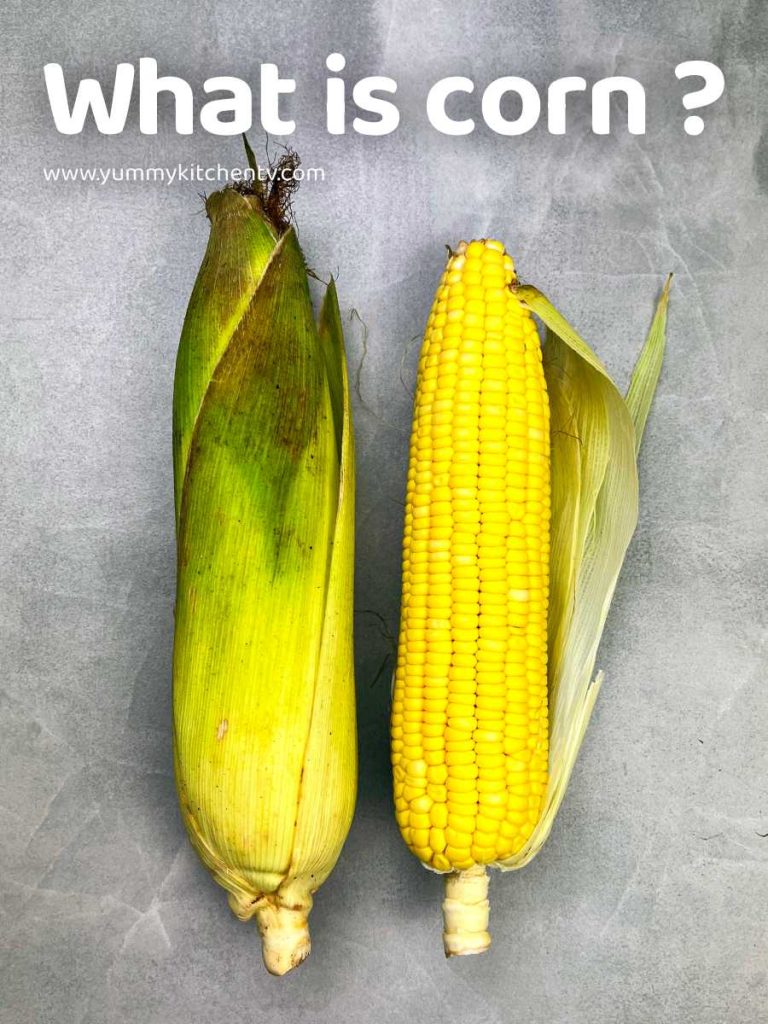
A short Introduction
Corn, also known as ‘Corn Maize’, just ‘Maize’, or ‘Indian corn’, is called a ‘Cereal plant’ under the Poeceae grass family. A flowering plant and relative to grasses, orchids, lilies ,and palms these are part of most of the world’s staple crops with rice and wheat. Is corn a vegetable? This is considered both a vegetable and a grain based on the time it is harvested. Depending on the maturity or how long after it should be harvested and dried these can either be an easy meal you can quickly steam and add to dishes, or fully dried and hard enough to make into flour or even eaten as a grain. Parts this crop are composed of the roots and stalk which hold the up the system of leaves, the ear of corn which is covered by the green husks or leaves that protect the vegetable, and the tassel which is the topmost part of the plant that is what attracts insects and bees for pollination.
A domesticated starchy vegetable or grain, these came through fruition 10,000 or more years ago. Where these were derived from the wild grass called ‘teosinte’ that can still be found in modern Mexico. The culture of eating this vegetable-grain was spread from Southern Maine to North America and Native America from European colonists. Which then slowly went and spread around the world, having different classifications depending on the kernel color and texture. Depending on which type it could be turned into livestock feed, corn flour, or sweet or regular corn to consume after cooking, or like Flint corn which has a little starch and is used mostly as decoration or made into kernels for popcorn. While the earliest illustration of the plant is said to be small and produced little, today this plant has been interbred with other plants to become what is commonly seen today by Native Americans. Corss-breed or Hybrid corn of today produces more vegetables and has become easier to plant and harvest.
Aside from the recent comeback of this starchy grain, from the Tiktok recipes videos to using the viral ‘corn song’. You can find many people around the world cooking corn on the grill to make corn on the cob, eat with a simple brush of butter and salt, dust with spices, add to salads and make a summer corn salad, casserole, fried in batter to make corn fritters, you can also find popular chowder recipes or homemade cornbread recipes online, or find them added into soups for extra color, taste, and texture.
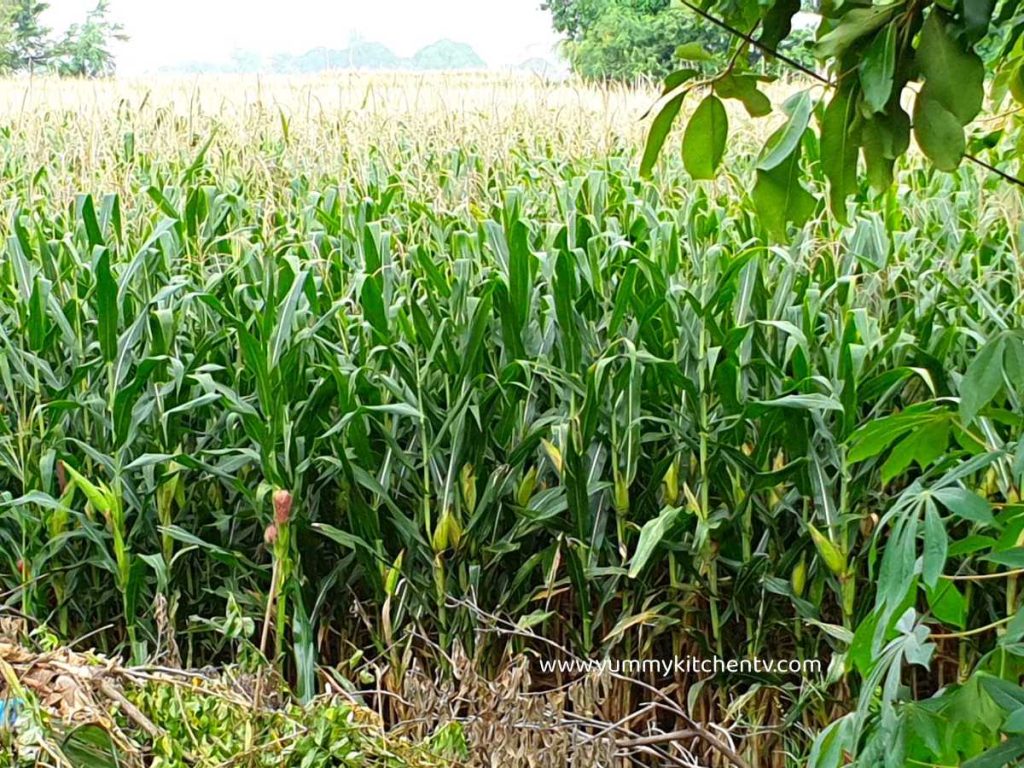
Corn benefits and Side effects
Is corn healthy? A staple in many countries especially eaten in the summertime. These are a nutritious option to get vitamins, minerals, carbohydrates, protein, and thiamin into your body. An affordable option that only contains around 88 calories per serving. Here are some benefits:
- Supports a healthy diet, by being a filling fibrous snack like eating it boiled or in its popcorn form without the added salt or flavorings. These are a great minimally processed type of snack that can help with keeping you fuller for longer.
- Might help keep against colon cancer, because it is a fibrous snack it helps grow good gut bacteria that helps keep the stomach healthy.
- Can reduce the risk of type 2 diabetes, as a whole grain, vividly yellow and especially purple colored vegetables have ‘anthocyanin’ which helps regulate glucose and insulin.
- For better eyesight, this grain has zeaxanthin and lutein which are forms of vitamin A that benefits the eyes, namely the retina from macular degeneration.
- Helps the heart, these have a good amount of potassium that has cardiovascular benefits which not only reduce cholesterol levels but blood pressures as well.
Corn questions:
- How many kernels are on an average ear of corn? It has around 500 to 1,200 kernels but typically a cob has 800 kernels.
- Can dogs eat corn on the cob? No they CANNOT, dogs cannot fully digest the kernels and might cause blockage in their intestines. This will cause them dehydration, pain, or even death. Do consult a doctor if they do ingest these especially in big chunks.
- How to cook corn on the cob on the grill? How to grill corn in the husk? You can grill the corn with its husk on directly to the grill for 20 to 25 minutes till it looks almost black on one side, repeating on the other end before taking it out. If you are grilling the cob directly it takes around 15 – 20 minutes every few minutes, you can also brush some butter while doing so, once tender enough to pierce a knife with then it’s ready.
- How to reheat corn on the cob? If frozen, allow to thaw for 15 – 30 minutes before trying out the bottom options:
- To microwave corn on the cob place this on a microwave safe plate lined with a wet paper towel, cook for 3 – 5 minutes till tender.
- Reboil in a pot filled with enough water to cover the cobs. Boil for a few minutes around 3 – 7 minutes till tender.
- If re-steaming, place it back in for 5 – 7 minutes till warm and tender.
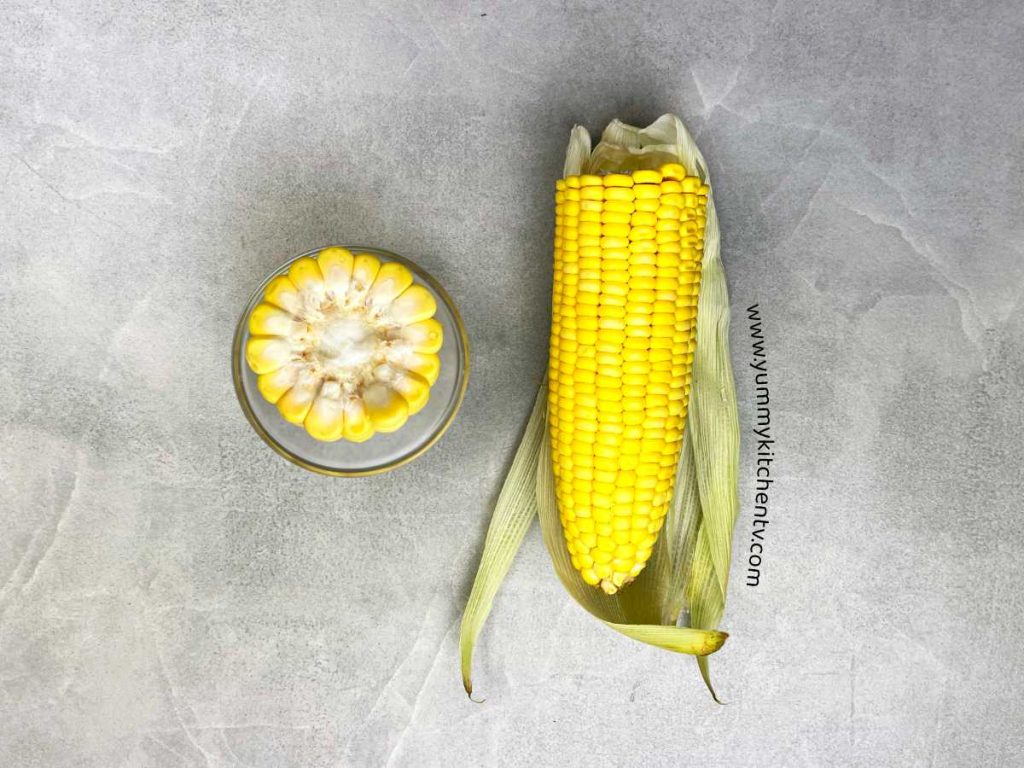
Corn as one of the top crops in the Philippines
While not seen as widely important to the Filipino food culture. ‘Corn’ or ‘Mais’ in Tagalog is a vegetable that is considered the top 2 most important crops after rice, as the country produced around 2.5 million hectares, with 2019 being one of the biggest production making 8 million tons. There are around 8 types: Sweet corn the yellow colored most common corn sometimes called ‘Japanese sweet corn’, white corn or ‘White Lagkitan’ a glutinous waxy corn, Wild Violet Corn which has a mix of white and purple kernels and are slightly sweet, Purple cron from South America that is known for being sticky and subtly sweet used as food coloring and eaten for its high antioxidant content. Visayan White corn or ‘tinigib’ which is a variety from Cebu that taste more like rice and are the ones most used in desserts, and Young corn that just refers to mais harvested early while these are still young typically added into soups and stews. All of these are commonly consumed by the masses and sometimes added into animal feed. Typically you can find Filipinos boiling the mais for a few minutes until tender, not as common as grilling corn. You can find them in these recipes:
- Cheesy Corned beef Lumpia – a Filipino variation of your typical lumpia, made easy and tastier with a can of corned beef, cheese, spices, aromatics, and mais.
- Corn jelly Dessert – a delicately milky dessert best served chilled. A beautifully made yummy dessert you’ll want to try.
- Homemade Popcorn – no need to spend so much at movie theaters. Make your own movie night with homemade freshly cooked popcorn in just a few minutes, add your own choice of flavorings and chill in the comfort of your own home.
- Bread Popcorn – no kernels or popcorn on hand? Make do with this sweetened bread version that has the same crunch but with a more caramelized flavor.
- Creamy Maja Blanca – a traditional Filipino pudding made with coconut milk, mais, condensed milk, evaporated milk, a bit of sugar, and a bit of cornstarch to thicken this up and make a nicely sweet pudding.
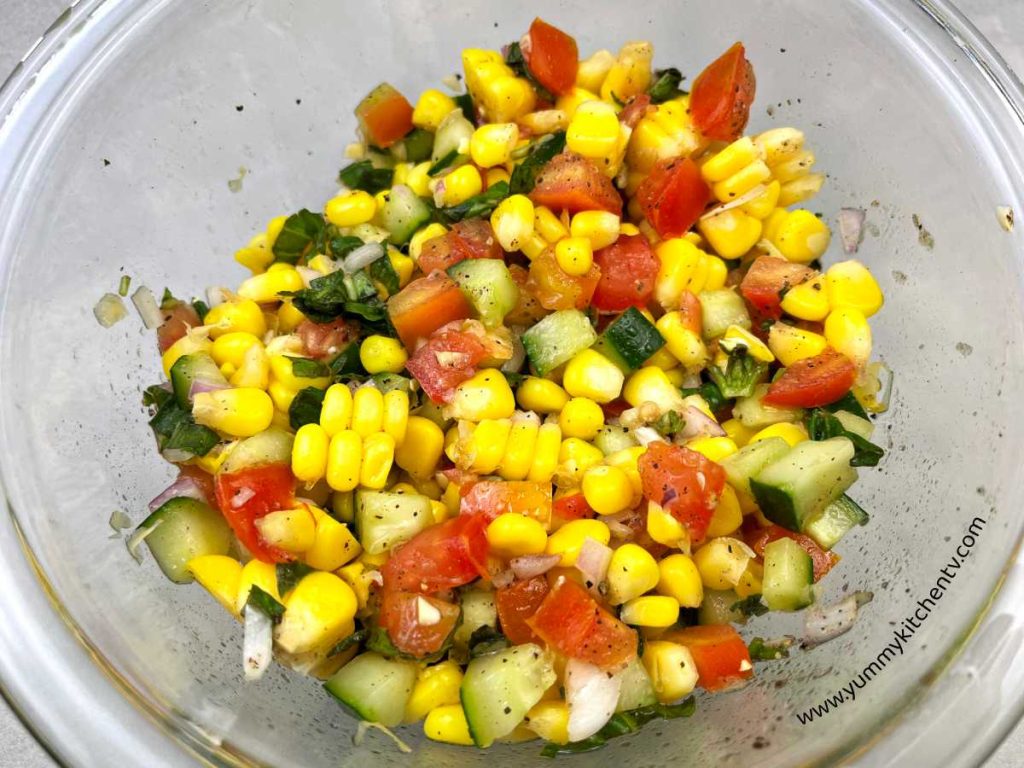
#Corn #SweetCorn #FreshProduce #FarmToTable #HealthyEating #VegetableLovers #FoodieFavorites #GrilledCorn #CornRecipes #NaturalGoodness
